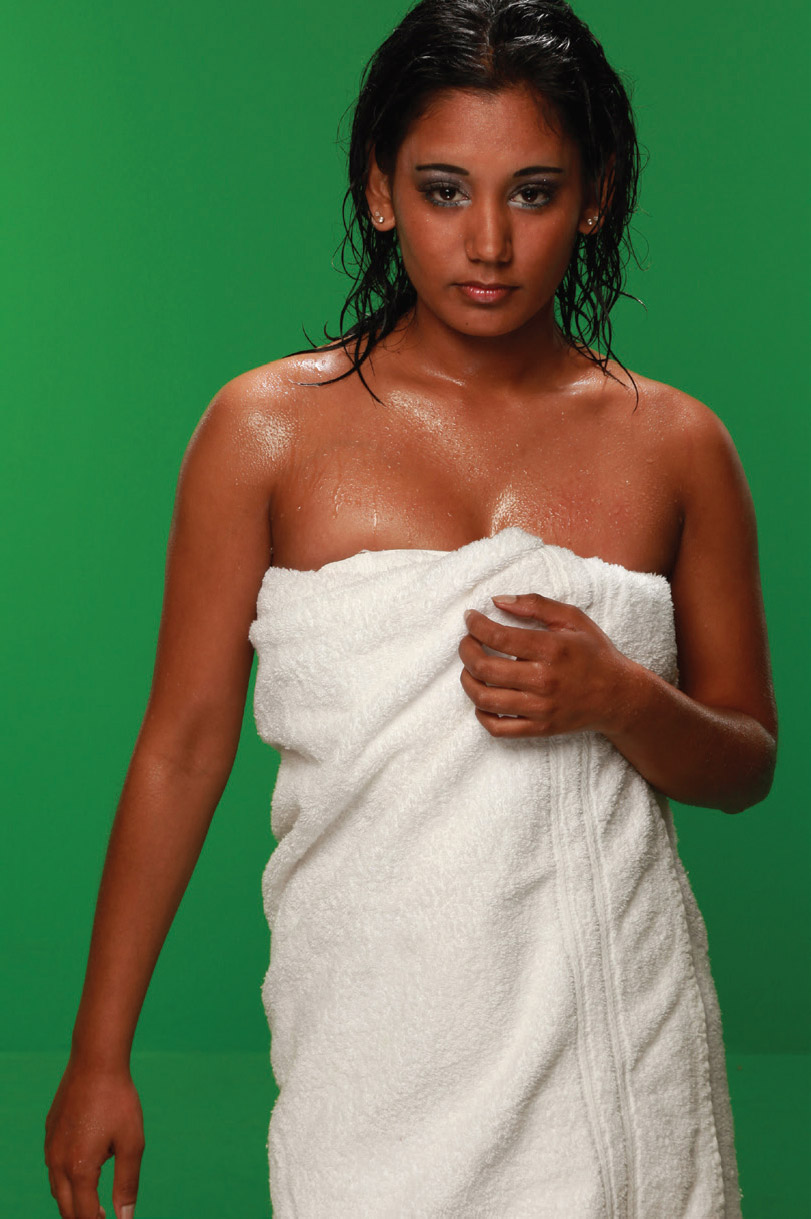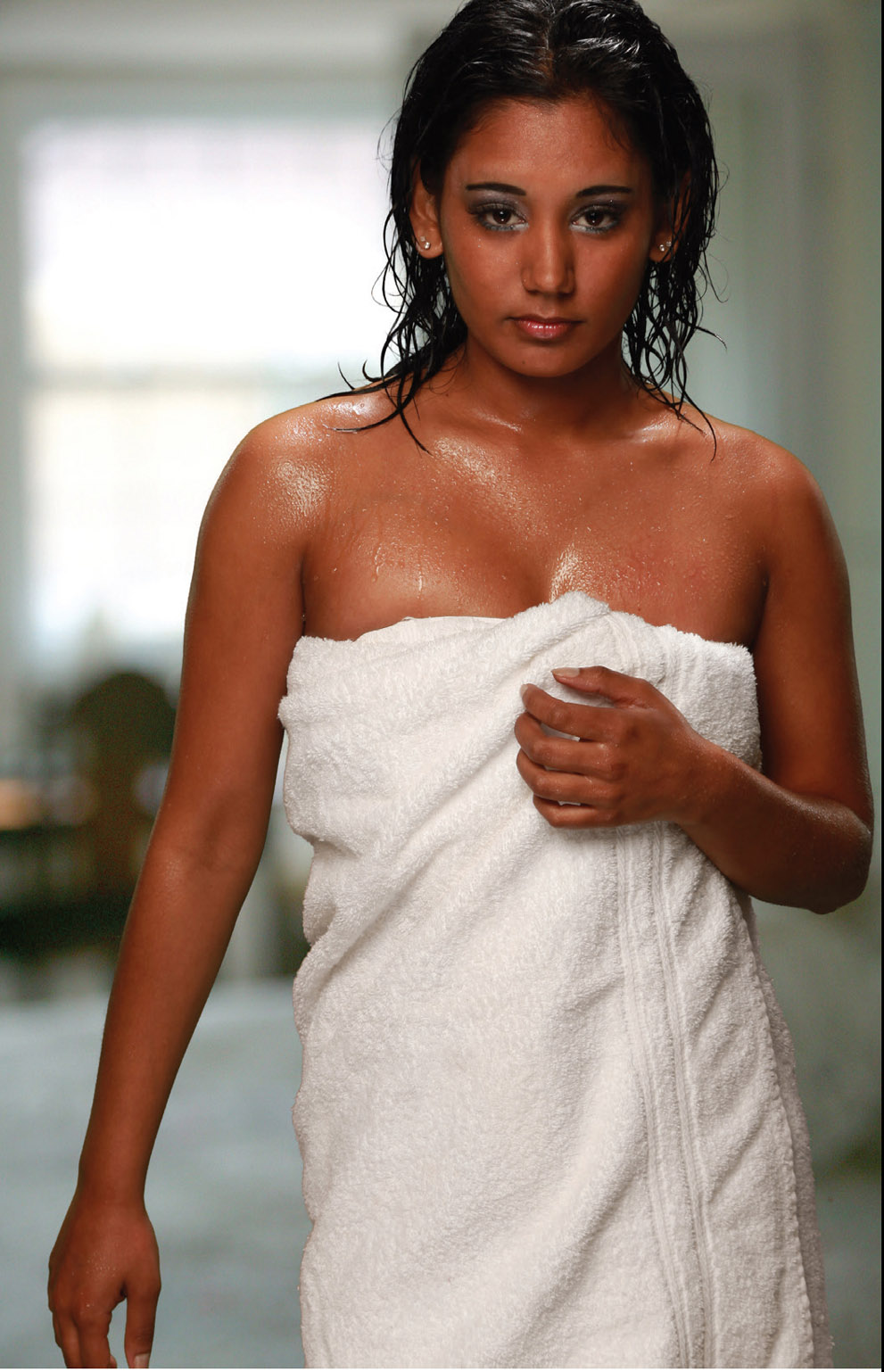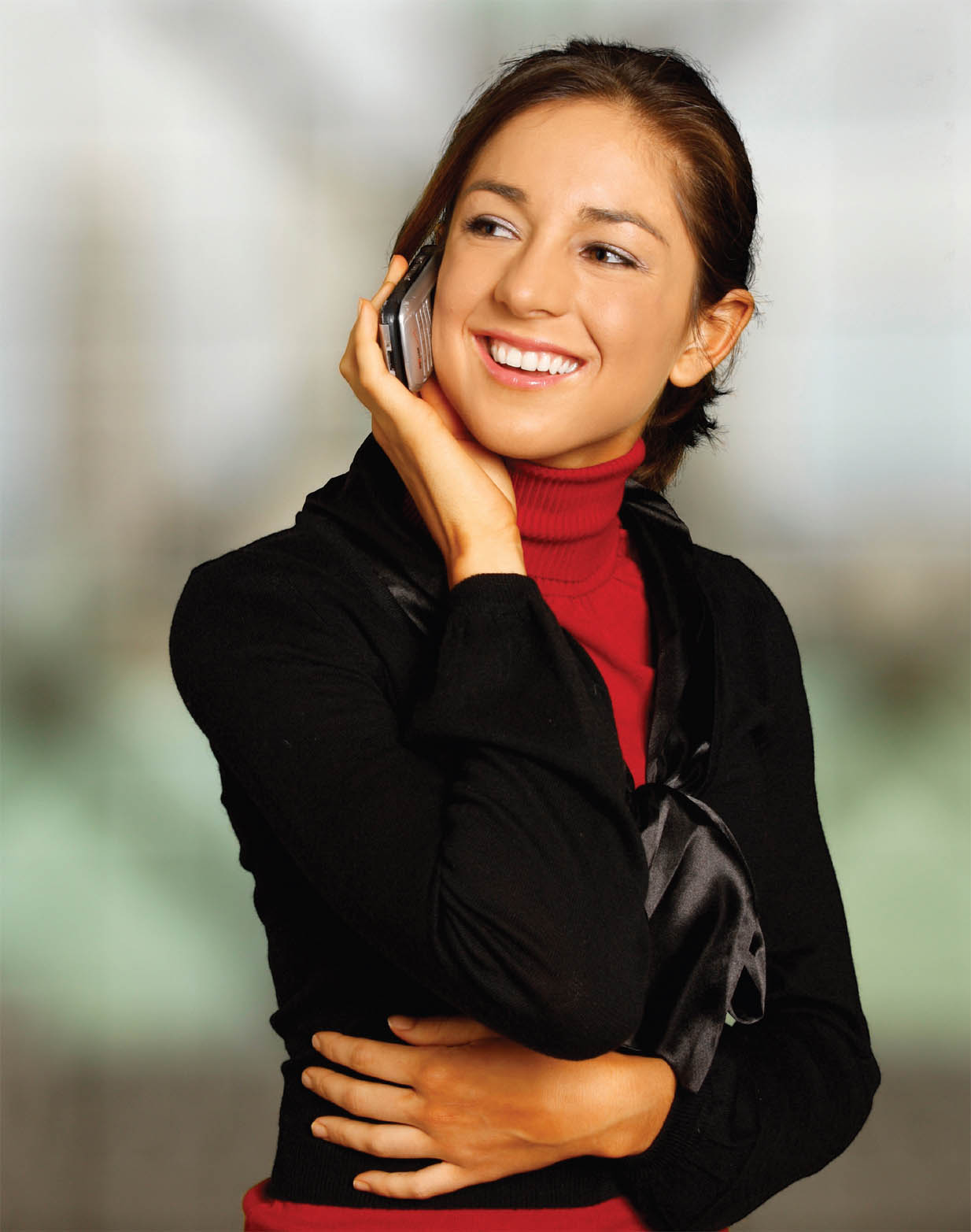I’ve written about this several times, both in books and blogs. I’m frankly amazed at how many photographers have yet to embrace this technology because the ability to easily remove someone from a background opens up an amazing array of possibilities.
Greenscreen technology is not the only way to go to remove a background from an image (so that you can later add your subject onto another background). There are many software programs, from an array of developers, that can be used. It’s not necessarily for the patience-impaired, but one could even use Photoshop’s Pen tool for terrific results. I do recommend that you investigate the greenscreen approach to see if it’s a fit with your workflow. It is both easy to get comfortable with and inexpensive to purchase.


Greenscreen portraits done in the studio can be believably combined with existing office images.

Using more than one light makes the image more natural looking.

Throw the background out of focus when shooting it, as the result looks better than a Gaussian blur.
I currently use Green Screen Wizard (www.greenscreenwizard.com). Like all background-removal programs, there are a few kinks you’ll need to work around, the most notable being that your subject(s) should be at least 10 feet from the background—whether that be green cloth, seamless paper, or paint on the wall—in order to avoid reflected spill from the background (which, of course, drops out when the program is enacted). Naturally, green clothing or props should also be avoided, though they can be painted back in with Photoshop’s History Brush tool.
Green Screen Wizard also works with bluescreen, if that’s your idea of a good time. Both work on the presumption that their respective background colors aren’t found in any skin tone; thus, the “unnatural” background tones are quite easy to eliminate. Clothing and props, however, are a different matter and the responsibility of the photographer.
For commercial photographers, greenscreen (or other background-removal software) enables you to shoot background images of clients’ office areas, adding people as they are hired. You get the business and the client gets an organic, on-location photo without all the disruption.
As you can see by the previous examples, this is also an easy way to mix the daylight color balance of strobes with whatever incandescent or LED color balance the client has in the location. Custom white balance each one separately as they are shot.
Such software can be invaluable for boudoir photographers for a number of reasons. Let’s say, and just for example, that your client would like to give the impression that the images she’s about to give to her partner were shot in their home but without the time and disruption for a full-blown shoot with lights, a makeup artist, and/or hairstylist, etc. A savvy photographer would go in for an hour and shoot available light backgrounds, from a number of angles, in every interesting room. Later, he could produce studio images in which the light matches the images to be used as backdrops.
Stock photographers can combine studio shots with background photographs that they shot days, months, or years earlier. As long as they’re nondescript, they can be used forever.

An out-of-focus background gives any foreground image a “long lens” look.